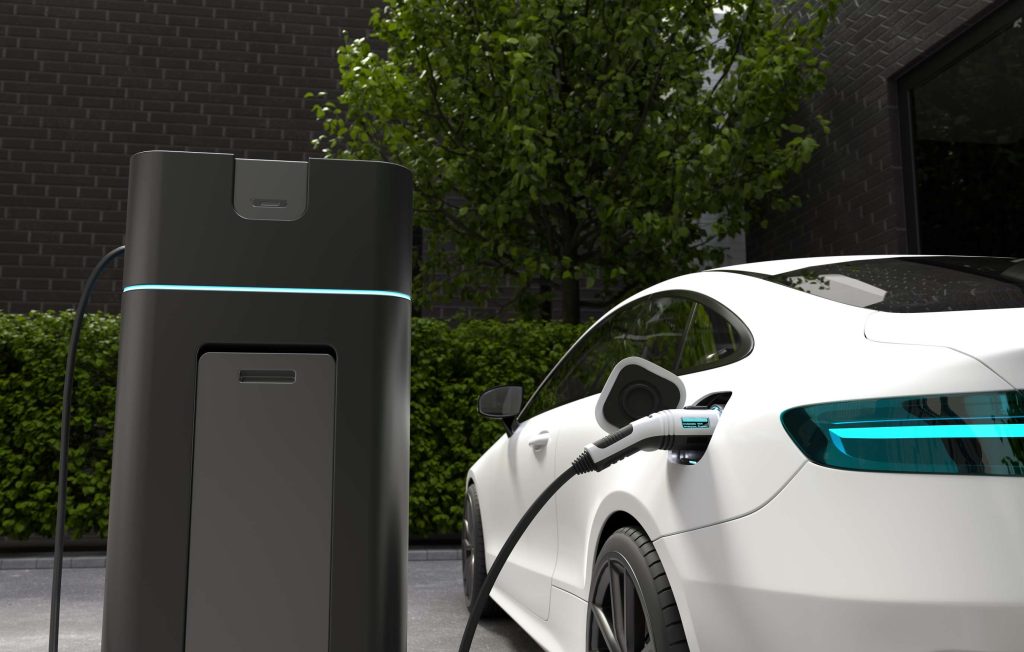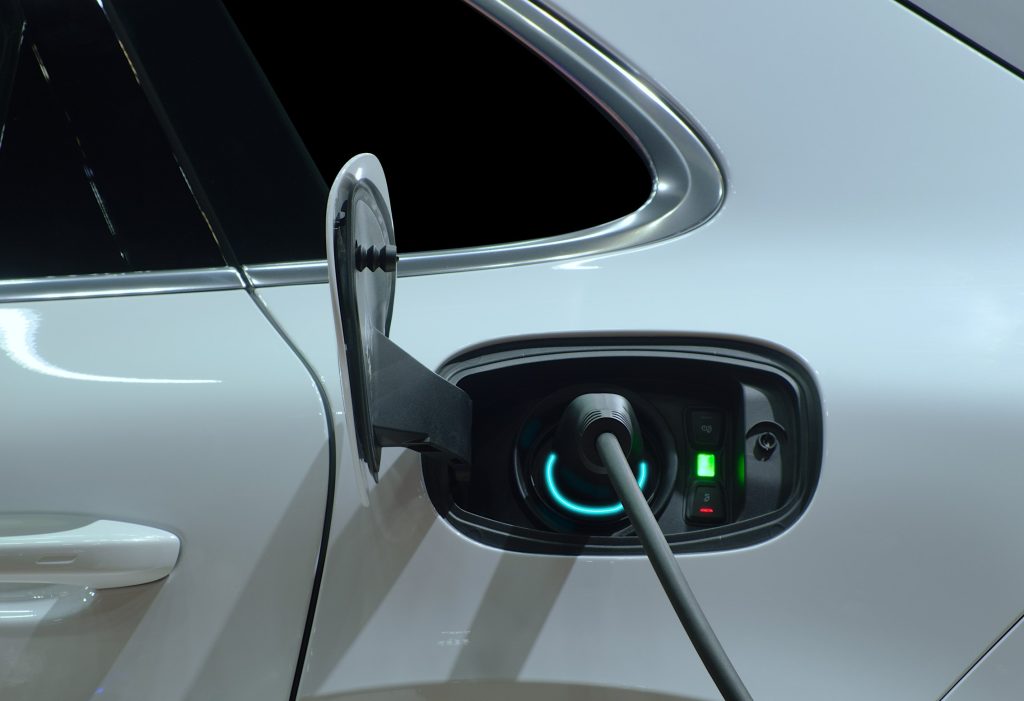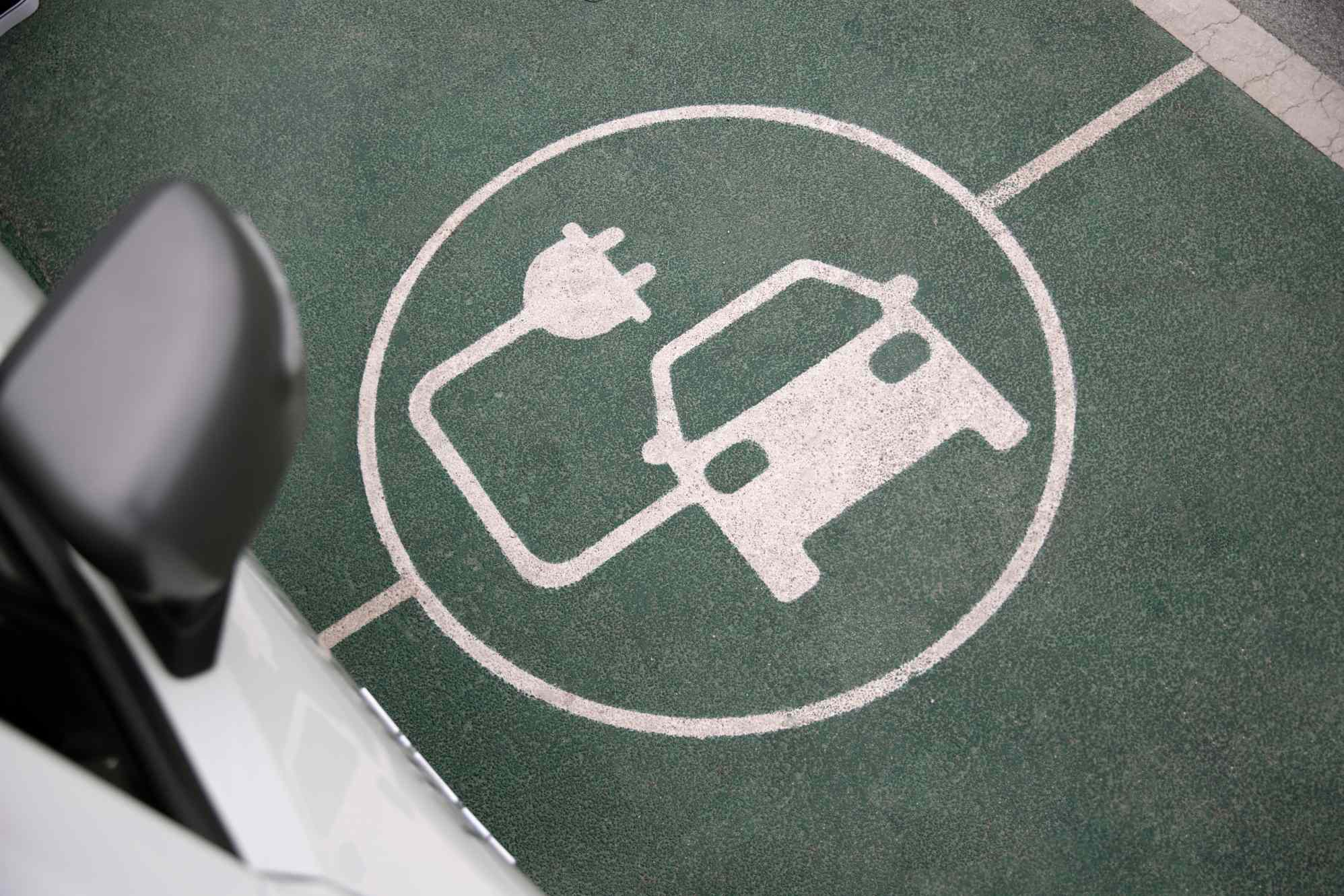Electric vehicles are not just about saving gas. They are changing how people move, live, and think about energy. From quiet city streets to smarter power systems, EVs are shaping the future.
Why the World Is Shifting Toward Electric Vehicles
More people and companies are switching to electric vehicles. This is not just a trend. It is happening because the old way of driving—burning fuel—harms the air, the climate, and health. According to the International Energy Agency, transportation makes up about 24% of global carbon dioxide emissions. Most of that comes from cars, trucks, and buses.
EVs do not burn fuel. They use electricity. That means no tailpipe emissions. This helps cut air pollution in cities and slows down global warming. Governments also support the switch. They offer tax credits and invest in charging stations. Some cities plan to ban gas cars in the next 10 to 15 years.
Another reason for the shift is cost. EVs used to be pricey. Now prices are coming down. Running an EV is cheaper over time. There are fewer parts to fix. Electricity is cheaper than gas in most places.
The shift is also about progress. People want cleaner options. They want smarter tech. EVs often come with safety features, phone integration, and quiet rides. More people are seeing EVs as a smart, long-term choice.

What Makes an EV Different From a Gas-Powered Vehicle
Electric vehicles and traditional gas-powered cars may look just the same from the outside. But on the inside, they are far from the same. Gas cars use engines that burn fuel. This process creates noise, heat, and pollution. EVs use motors powered by batteries. There is no fuel burning. That means less noise, no fumes, and more efficiency.
An EV has fewer moving parts. It does not need oil changes. There is no exhaust system. The motor is simple and strong. Some EV models can go from 0 to 60 mph in less than a minute. This quick pickup is because electric motors send power directly to the wheels.
Another big difference is how the car stores energy. Instead of a gas tank, EVs use a battery pack. These packs are made of lithium-ion cells. Charging the car is like charging a phone. You plug it in at home or at a station.
EVs also rely more on software. The dashboard may look more like a tablet than a car panel. Updates can be done over the air, just like phone apps. This makes the vehicle smarter over time.
EVs are also part of a bigger energy system. They connect to the grid when charging. Some models can even send energy back into the grid. This two-way energy flow is part of what makes EVs part of a smarter world.
How EVs Are Changing Life in Cities and Communities
Electric vehicles are not just for tech lovers or early adopters anymore. They are becoming part of everyday life in cities and towns. You can now see EVs used by delivery drivers, police units, and even tourists.
Cleaner air is one of the biggest wins. Electric vehicles do not release poisonous smog-forming exhaust gases. For instance, gases like nitrogen oxides (NOx), carbon monoxide (CO), and volatile organic compounds (VOCs).
Many cities’ initiatives (e.g., London’s Low Emission Zone (LEZ) and Ultra Low Emission Zone (ULEZ)) along with increased EV use have seen drops in air pollution. This improves public health by reducing respiratory diseases and death associated with poisonous exhaust gases in air. The American Lung Association says cleaner air could save thousands of lives and billions in health costs.
Noise is also lower. Without engine noise, city streets are quieter. This can improve mental health and sleep for people living near busy roads.
More cities are also now adding electric buses and service vehicles. This helps cut air pollution in nearby neighborhoods. Millions of tourists now ride in quiet electric carts. School-going kids ride to school in electric buses. Best of all, even trash trucks and delivery vans are going electric.
Companies like Rariro Vehicle are creating special-use Electric Vehicles. These include electric utility cars, electric classic vintage cars, and small electric vans. These vehicles meet the needs of modern cities that want to reduce fuel use and function more cleanly.

The Infrastructure That Makes EVs Possible
Electric cars are easy to drive. You charge them, then go. But the setup behind them is not simple. It takes smart infrastructure to keep EVs running.
Charging stations are a big part. Some charge a car slowly at home. Others do it much faster in public spots. These are growing in number, but more are still needed. Strong wiring and cables are also key. EVs need strong, safe connectors. They must carry power without getting too hot. They must be safe and last a long time. Good wires and connectors keep the system working.
Yongrui helps with this. They make energy wires and cables, connectors and parts for EV chargers and power systems. Their work helps cars charge fast and run safely.
Energy storage matters too. Solar panels and wind towers make clean power. Big batteries store that power until it is needed. Cars can use this power when they charge.
As more people drive electric, the power grid must stay strong. That means better tools, smart sensors, and strong infrastructure planning is needed in the future.
The Bottom Line:
Imagine a city with clean air, quiet roads, and smart energy. Buses and taxis are electric. Kids ride in quiet school buses. Deliveries are made with small electric vans and homes charge cars with solar power at night.
In this future, EVs are not a luxury. They are normal. Just like smartphones became normal in the recent decades.
This future will not happen by chance. It will take work from many people. Automakers, energy experts, and tech companies all play a part. Brands like Yongrui and Rariro are already building the tools and machines for this future.
The shift is not easy, but it is already underway, and it is moving fast.


